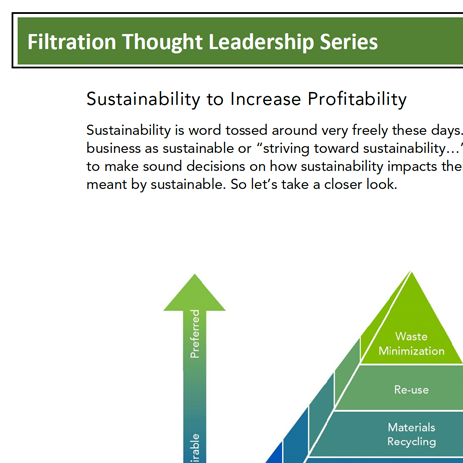Filtration
Flat Rolled Products
In ultrafiltration, as in microfiltration, basically macro-molecules and small particles as well as suspensions or emulsions are separated. The boundaries between the two processes are not sharp: Membranes in the area of a few µm to 0.1 µm are designated as microfiltration, membranes in the pore area of 0.1 – 0.01 µm are designated as ultrafiltration. The operating pressures are in the area from 0.5 to 10 bars in ultrafiltration.
The separation effect in ultrafiltration results for the most part from a sieving effect, i.e., particles are retained the particle size of which is larger than the average diameter of the membrane pores. In addition, solubility and diffusion effects play a role.
Depending on the application, different pore sizes are used.
The decisive technical innovation is in the coating and construction of the filter membranes. As a result, so-called “fouling”, the clogging of the filter membranes was able to be reduced by up to 50%.
As a result of reduced “fouling”, CRS is able to achieve higher feed security and more stable product quality.
Filtration Thought Leadership

Sustainability to Increase Profitability

Is Your Process Receiving the Filtration It Deserves?

Controlling Mill Leaks in Your Coolant Oil

Removal of Tramp Oil and Tar Balls from Hot Rolling Aluminum Mill Coolant

Ultra-Filtration is the Right Size for Your Rolling Mill Operation

